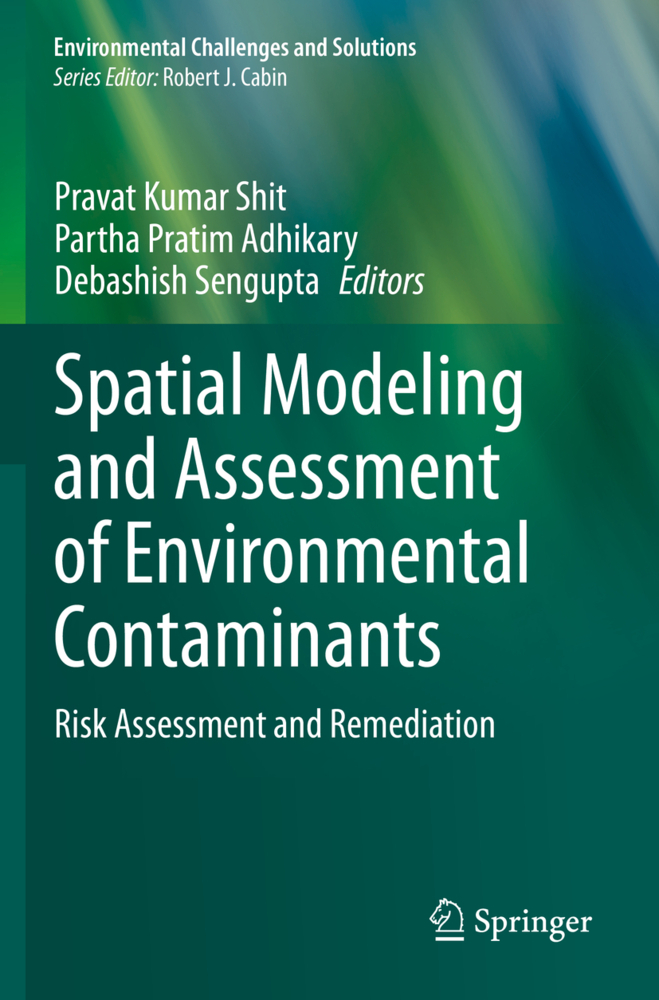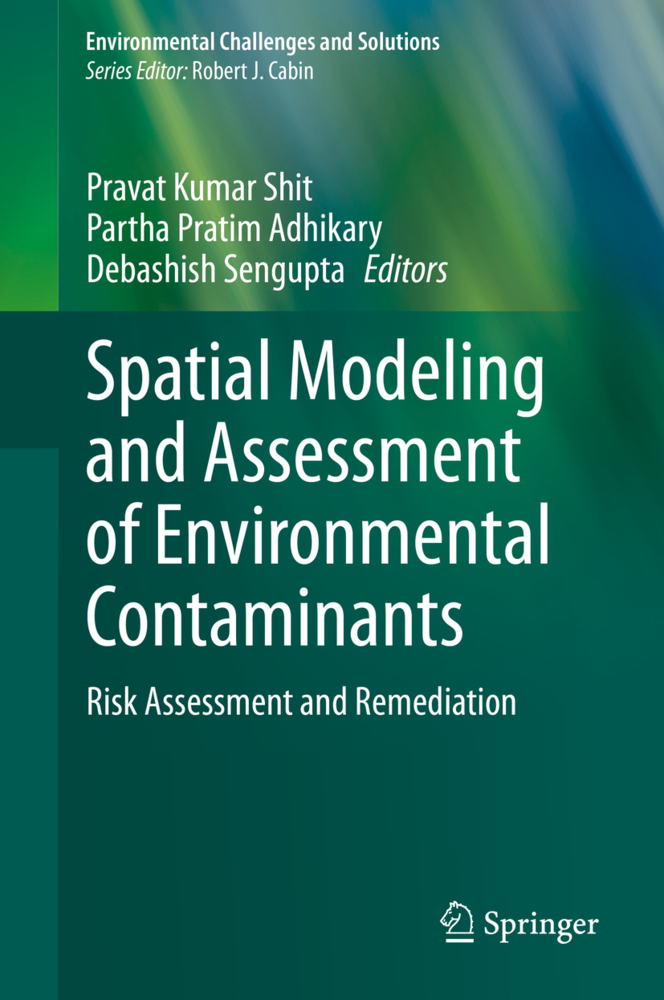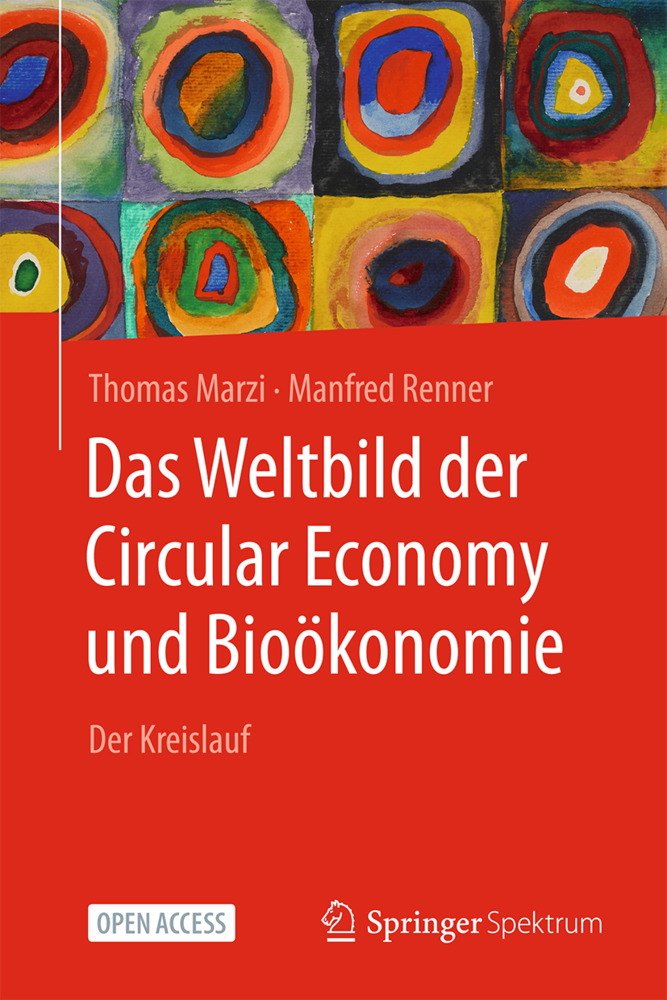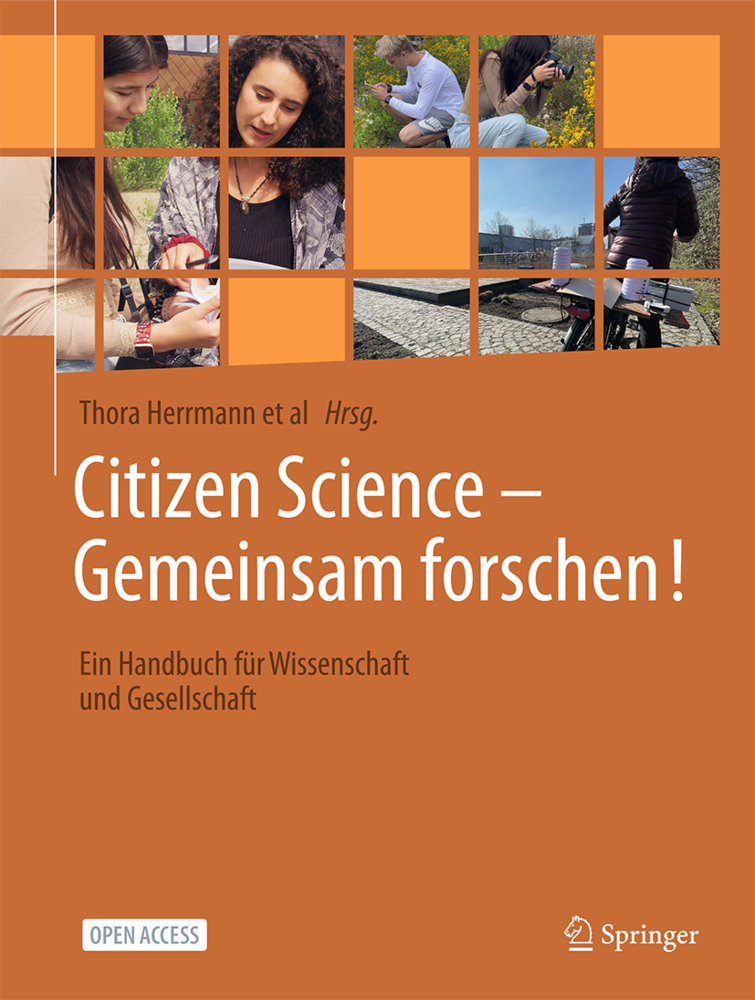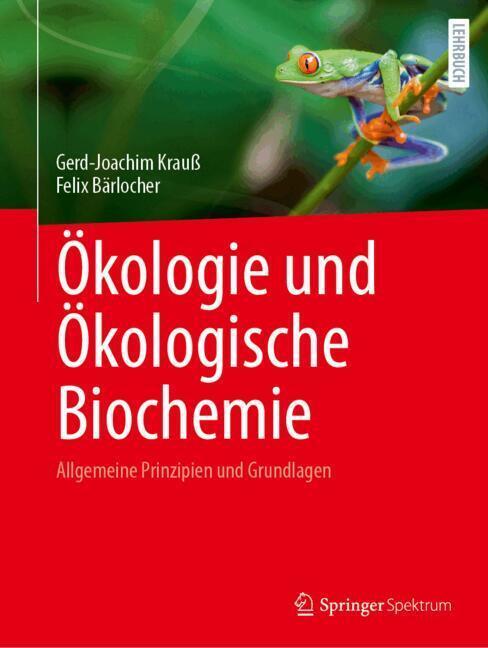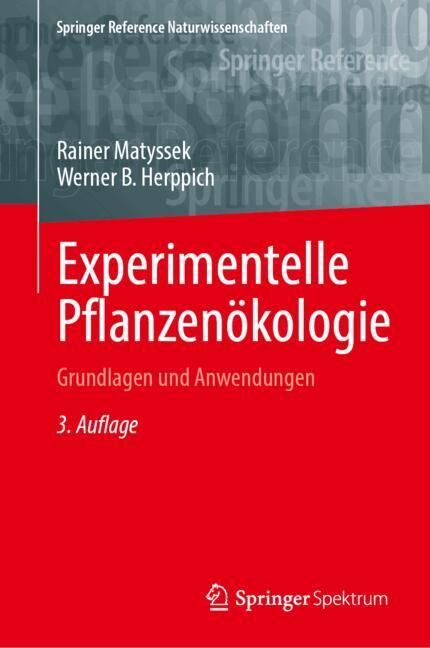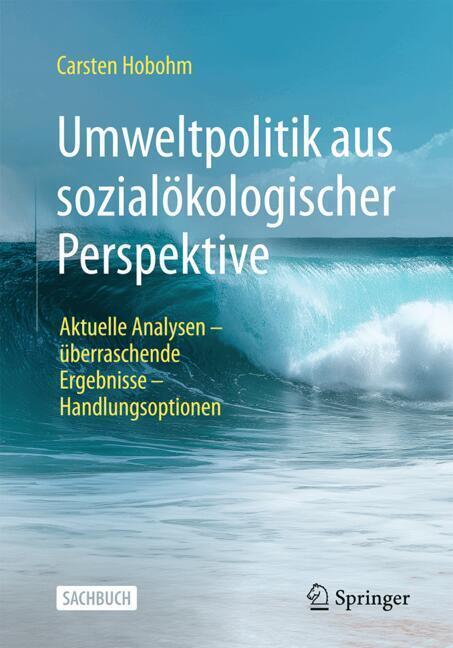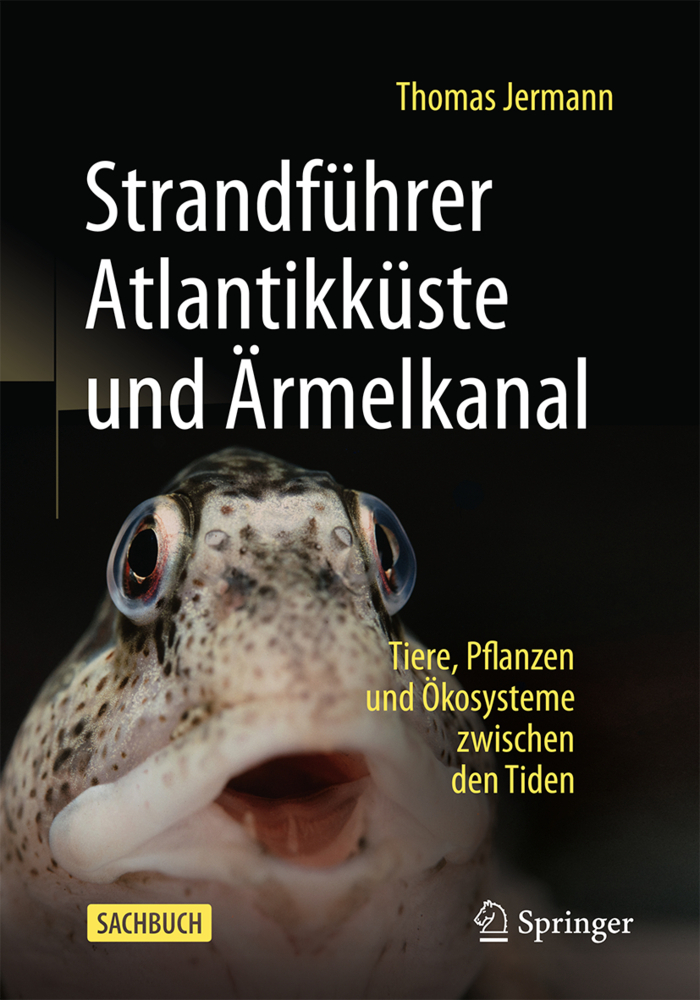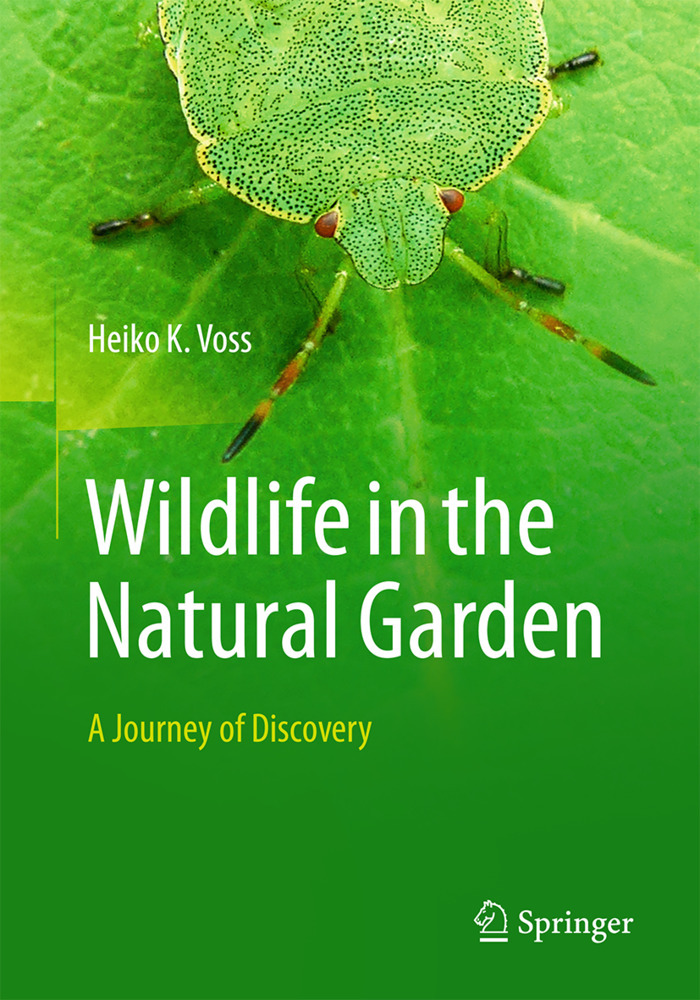Spatial Modeling and Assessment of Environmental Contaminants
Spatial Modeling and Assessment of Environmental Contaminants
Part I. Soil and Sediment Contaminants, Risk Assessment and Remediation
Chapter 1. Introduction to Part I: Soil and Sediment Contaminants, Risk Assessment and Remediation
Chapter 2. Combating Arsenic Pollution in Soil Environment via Alternate Agricultural Land Use
Chapter 3. Temporal and Seasonal Variation in Leachate Pollution Index (LPI) in Sanitary Landfill Sites- A Case study of Baidyabati landfill, West Bengal, India
Chapter 4.Quantification of Landfill Gas Emission and Energy Recovery Potential: A Comparative Assessment of LandGEM and MTM Model for Kolkata
Chapter 5. Assessment of natural enrichment of heavy minerals along coastal placers of India: Role of lake and river mouth embayment and its implications
Chapter 6. Assessment the Impact of Plastic Contaminated Fertilizers on Agricultural Soil Health: A Case Study in Memari II C.D.Block, Purba Bardhaman,West Bengal, India
Chapter 7. Determining the Role of Leaf Relative Water Content and SoilCation Exchange Capacity in Phytoextraction Process - Using Regression Modelling
Chapter 8. Phytoremediation of Arsenic using Allium sativum as Model System
Chapter 9. Spatio-temporal analysis of open waste dumping sites using Google Earth: A case study of Kharagpur City, India
Part II. Water Contaminants, Risk Assessment and Remediation
Chapter 10. Introduction to Part II: Water Contaminants, Risk Assessment and Remediation
Chapter 11. Groundwater Arsenic Contamination Zone based on geospatial modeling, risk and remediation
Chapter 12. Geospatial assessment of surface water pollution and industrial activities in Ibadan, Nigeria
Chapter 13. Aquaculture-based water quality assessment and risk remediationalong the Rasulpur River belt, West Bengal
Chapter 14. Heavy Metal Contamination in Groundwater and Impact on Plant and Human
Chapter 15. Emerging Threats of Microplastic contaminant in freshwater environment
Chapter 16. Exploring Particle Size Transport Variabilityof Suspended Sediments in two Alpine Catchments over the Lesser Himalayan Region, India
Chapter 17. Salinity and corrosion potential of groundwater in Mewat district of Haryana, India
Chapter 18. Threats to quality in the coasts of the Black Sea: heavy metal pollution of seawater, sediment, macro-algae and sea-grass
Chapter 19. Geospatial assessment of groundwater quality for drinking through Water Quality Index and Human Health Risk Index in an upland area of Chotanagpur Plateau of West Bengal, India
Chapter 20. Existence of Pharmaceuticals and Personal Care Products (PPCPs) in the conventional water treatment process
Chapter 21. Arsenic-rich surface and groundwater around eastern parts of Rupnagar district, Punjab, India
Part III. Environmental Contaminants, Impacts and Sustainable Management
Chapter 22. Introduction to Part III: Environmental Contaminants, Risk Assessment and Remediation
Chapter 23. Dynamics of ultra-fine particles in indoor and outdoor environments: a modelling approach to study the evolution of particle characteristics
Chapter 24. Environmental impacts of coal-mining and coal-fired power-plant activities in a developing country with global context
Chapter 25. Overview of Indoor air pollution: A human health perspective
Chapter 26. Mineralogy and Morphological characterization of Technogenic Magnetic Particles (TMP) from industrial dust: Insights into environmental implications
Chapter 27. Pesticides: Recent Updates on Types Toxicity and Bioremediation Strategies
Chapter 28. Commonly available plant neem (Azadirachtaindica A. Juss) ameliorates dimethoate induced toxicity in climbing perch Anabas testudineus
Chapter 29. Estimating Particulate Matter concentrations from MODIS AOD considering meteorological parameters using Random Forest Algorithm
Chapter 30 Bio-monitoring and bioremediation of a trans-boundary river in India: Functional roles of benthic mollusks and fungi
Chapter 31 Assessing the Maximum Aerobic Biodegradation Potential of Leaf Litter, an Organic Fraction of Municipal Solid Waste, Under Optimum Nutrient Conditions
Chapter 32. Rising trend of air pollution and its decadal consequences on meteorology and thermal comfort over Gangetic West Bengal, India.
Shit, Pravat Kumar
Adhikary, Partha Pratim
Sengupta, Debashish
| ISBN | 978-3-030-63424-7 |
|---|---|
| Artikelnummer | 9783030634247 |
| Medientyp | Buch |
| Copyrightjahr | 2022 |
| Verlag | Springer, Berlin |
| Umfang | XX, 720 Seiten |
| Abbildungen | XX, 720 p. 225 illus., 185 illus. in color. |
| Sprache | Englisch |

